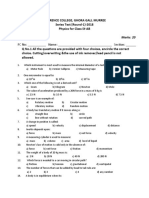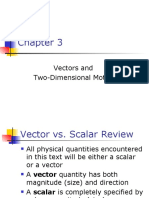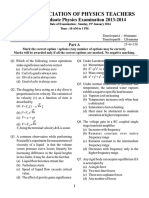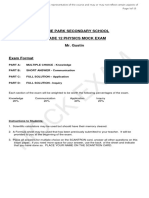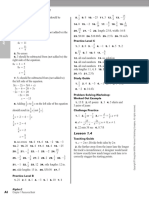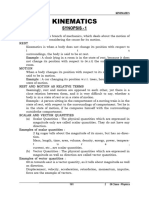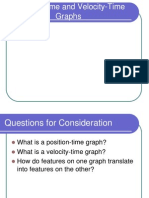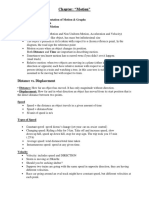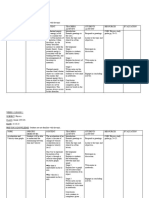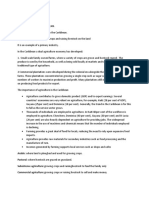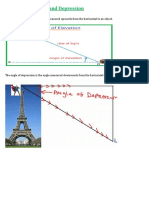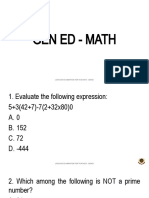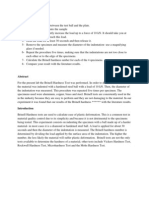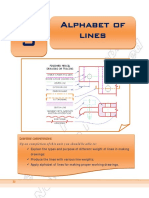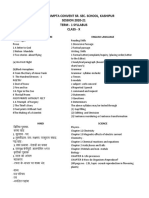0% found this document useful (0 votes)
214 views6 pagesWeek 6 Speed Time Graphs
1. A motorist accelerates from rest to 25 m/s over 5 seconds, maintains that speed for 12 seconds, then decelerates to a stop over 3 seconds. The acceleration was 5 m/s^2, retardation was -8.3 m/s^2, total distance was 400 meters, and average speed was 20 m/s.
2. Another motorist accelerated from rest to 27 m/s over 6 seconds, maintained that speed for 14 seconds, then decelerated to a stop over 5 seconds. The acceleration was 4.5 m/s^2, retardation was -5.4 m/s^2, total distance was 526.5 meters, and average speed
Uploaded by
Sameer Ali MohamedCopyright
© © All Rights Reserved
We take content rights seriously. If you suspect this is your content, claim it here.
Available Formats
Download as PDF, TXT or read online on Scribd
0% found this document useful (0 votes)
214 views6 pagesWeek 6 Speed Time Graphs
1. A motorist accelerates from rest to 25 m/s over 5 seconds, maintains that speed for 12 seconds, then decelerates to a stop over 3 seconds. The acceleration was 5 m/s^2, retardation was -8.3 m/s^2, total distance was 400 meters, and average speed was 20 m/s.
2. Another motorist accelerated from rest to 27 m/s over 6 seconds, maintained that speed for 14 seconds, then decelerated to a stop over 5 seconds. The acceleration was 4.5 m/s^2, retardation was -5.4 m/s^2, total distance was 526.5 meters, and average speed
Uploaded by
Sameer Ali MohamedCopyright
© © All Rights Reserved
We take content rights seriously. If you suspect this is your content, claim it here.
Available Formats
Download as PDF, TXT or read online on Scribd
/ 6

